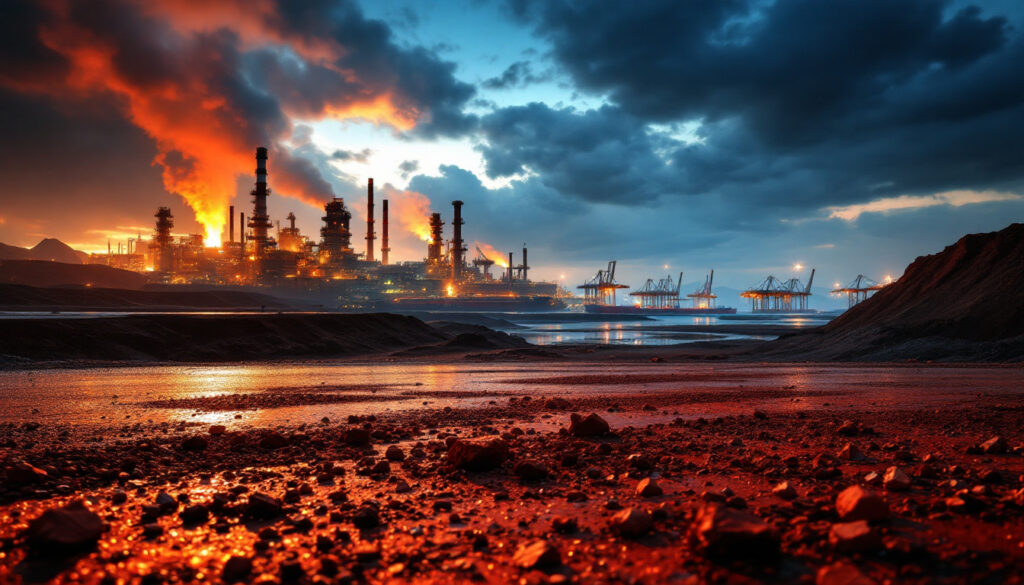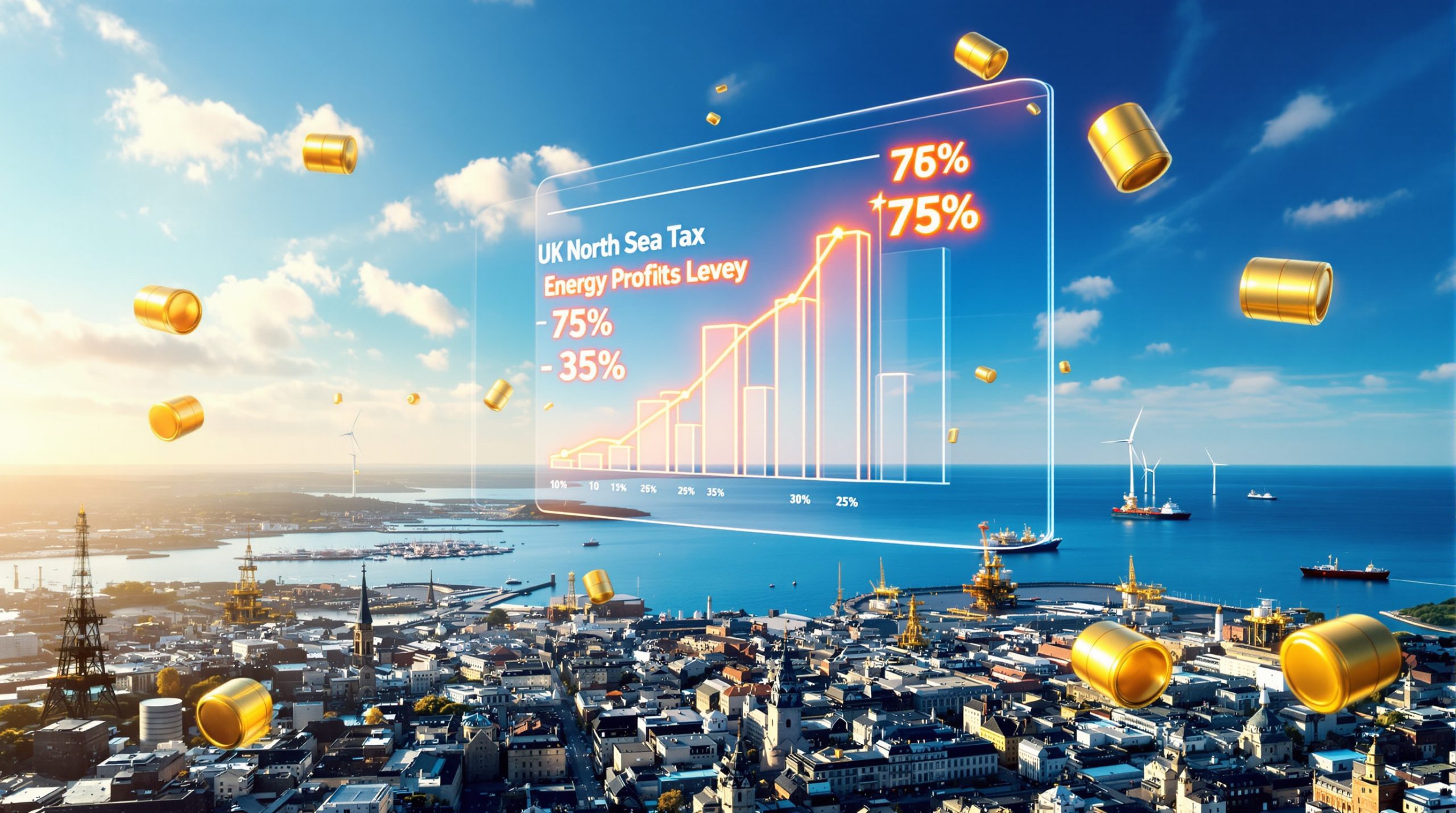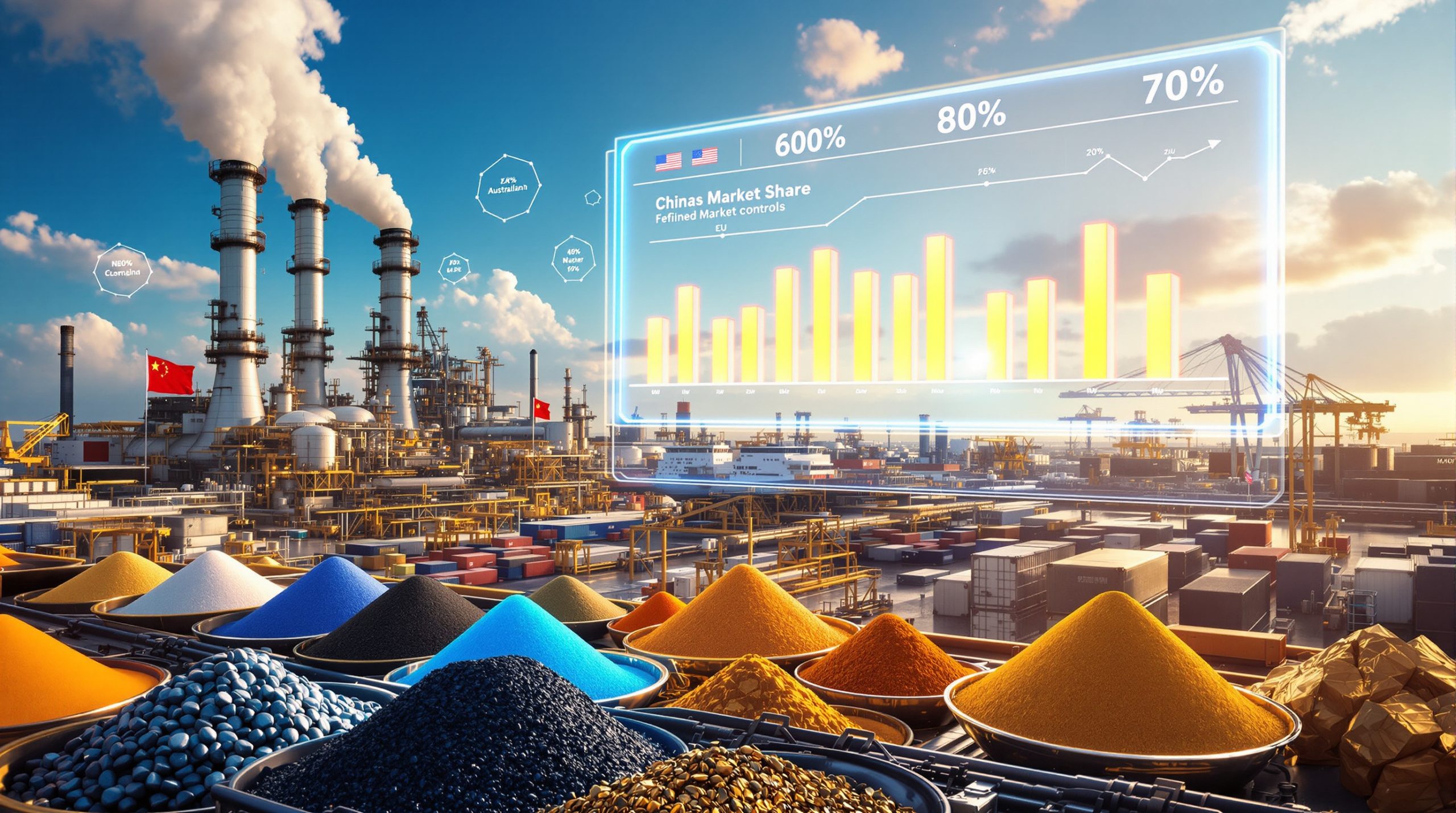Understanding Iron Ore Price Stability Despite Global Tariff Concerns
In an era where trade tensions dominate headlines, iron ore has shown remarkable resilience. Despite growing concerns over global tariffs, industry giant Vale maintains an optimistic outlook on price stability. This persistence raises questions about the fundamental factors supporting iron ore prices surge in a volatile global economy.
The iron ore market operates on complex supply-demand dynamics often overlooked by mainstream financial analysts. While tariff concerns create surface-level uncertainty, structural factors including production economics and China's economic stimulus provide a foundation for price stability that transcends short-term market fluctuations.
Industry insiders point to production cost structures creating a natural price floor. When prices fall below certain thresholds, higher-cost producers must reduce output or suspend operations altogether, constraining supply and ultimately supporting price recovery. This self-correcting mechanism has historically provided iron ore with resilience during economic downturns.
Why Vale Believes Iron Ore Will Remain Above $85 Per Ton
Vale's CFO Marcelo Bacci has publicly projected that iron ore prices will hover around $100 per ton despite market volatility. This forecast stands in contrast to predictions from financial institutions including Goldman Sachs and industry analysts at Mysteel Global, who anticipate prices potentially dropping below $85 per ton by year-end.
The divergence in forecasts reflects fundamentally different perspectives on market dynamics. While investment banks focus on macroeconomic indicators and tariff impacts, Vale's position is firmly grounded in production economics. According to Bacci, "Below $90 a ton, a very significant percentage of global production will be under water…and probably stop producing."
This insight illuminates a critical aspect of commodity markets often missed in financial analysis: production economics create natural price floors. When iron ore falls below $90 per ton, substantial portions of global supply become unprofitable, triggering production cuts that ultimately constrain supply and support price recovery.
Vale's Price Forecast vs. Analyst Predictions
The contrasting viewpoints between producers and financial analysts highlight the complex nature of commodity forecasting. Vale's optimism stems from intimate knowledge of global production costs and operational realities across mining regions from Australia to Africa. Their assessment suggests that current prices already reflect trade concerns, with limited downside risk due to production economics.
Historical data supports Vale's position. During previous periods of economic uncertainty, iron ore prices demonstrated resilience due to supply adjustments. When prices decline, higher-cost producers reduce output first, creating a progressive reduction in supply that helps establish price stability.
How Global Tariffs Are Impacting the Iron Ore Market
Current market conditions reflect significant uncertainty as various nations implement or threaten trade restrictions. Despite these tensions, iron ore has maintained relative stability compared to other industrial commodities. This resilience stems from several structural factors unique to the iron ore market.
China, accounting for approximately 60% of Vale's iron ore sales, continues to demonstrate solid demand despite broader economic concerns. The nation's steel production remains the primary driver of global iron ore consumption, with infrastructure development and manufacturing maintaining steady demand despite trade tensions.
Current Market Conditions Amid Trade Tensions
The iron ore market has developed mechanisms that help stabilize pricing during economic uncertainty. These include long-term supply contracts, strategic stockpiling by major consumers, and Vale's flexible product portfolio strategy that allows adaptation to changing market conditions.
Historical patterns reveal that previous trade disputes have caused temporary price volatility strategies but rarely sustained downward pressure on iron ore. During the 2018-2019 US-China trade tensions, for example, iron ore demonstrated remarkable resilience, eventually returning to price stability as supply adjustments countered demand fluctuations.
Price Performance During Economic Uncertainty
Market data shows iron ore prices fell approximately 18% year-to-date amid tariff uncertainties. However, this decline appears limited compared to other industrial commodities, reflecting the structural supports unique to iron ore markets. Supply adjustments typically occur during price downturns as higher-cost producers reduce output, creating a self-stabilizing effect that limits prolonged price depression.
Industry experts note that iron ore's geological constraints and concentrated production create natural limitations on supply expansion, providing underlying support for prices even during demand uncertainty. Unlike many commodities that can quickly increase production when prices rise, iron ore requires substantial capital investment and development time, creating inherent supply inelasticity.
Vale's Strategic Adaptation to Changing Market Conditions
Vale has demonstrated remarkable agility in responding to evolving market conditions. The company's strategy focuses on maximizing value through flexible product offerings that align with customer needs rather than rigidly maintaining premium-only production regardless of market circumstances.
In a significant move, Vale plans to launch a new mid-grade iron ore product from its Carajas region within the next 12 months. This strategic decision reflects Vale's recognition of shifting customer preferences away from premium-priced higher-grade ore as steel mills face challenging economic conditions.
Product Portfolio Flexibility
Vale's commercial executive VP Rogerio Nogueira emphasized that the company's flexible portfolio strategy allows rapid response to shifting market demands. "This new mid-grade product is much more appropriate to what the market is looking for," Nogueira stated, highlighting the importance of aligning product offerings with steelmakers' needs amid economic pressures.
The Carajas mine complex, containing approximately 7.2 billion tons of proven reserves, provides Vale with the geological foundation for product diversification. This resource base allows the company to develop multiple product grades tailored to different market segments and economic conditions, creating resilience against market volatility.
Meeting Evolving Customer Needs
Steel producers globally are facing margin pressures from rising energy costs and uncertain demand. These conditions have prompted mills to seek more cost-effective iron ore inputs rather than premium high-grade products that command significant price premiums. Vale's strategic pivot recognizes this fundamental shift in customer priorities.
By developing products specifically designed for current market conditions, Vale demonstrates the importance of commercial adaptability in commodity markets. Rather than attempting to maintain premium pricing in an unreceptive market, the company has chosen to align its product strategy with customer economics, potentially sacrificing margin percentages to maintain volume and absolute profit levels.
Expert Analysis on Iron Ore Market Outlook
Industry experts point to several key indicators that support Vale's relatively optimistic outlook. Production cost considerations across global producers create natural support levels, with significant supply volumes becoming uneconomical below $90 per ton as Bacci highlighted. This cost structure creates an effective price floor that limits sustained downside movement.
Market analysts note that global seaborne iron ore trade reached approximately 1.6 billion tons in 2023-2024, demonstrating the massive scale of the market. Despite economic uncertainties, this volume has remained relatively stable, reflecting iron ore's fundamental role in industrial development that transcends short-term economic fluctuations.
Industry Expert Perspectives
Vale's assessment of market dynamics reflects deep operational experience across global mining regions. Their perspective incorporates intimate knowledge of production costs, geological constraints, and logistical realities that financial analysts may overlook when focusing primarily on macroeconomic indicators and tariff impacts.
The company's strategic flexibility demonstrates sophisticated commercial adaptation to evolving market conditions. Rather than rigidly maintaining a premium-only strategy, Vale has embraced product diversification to meet customers where they are economically, recognizing that volume maintenance may be more valuable than premium pricing during periods of economic uncertainty.
Key Market Indicators to Watch
Investors and industry observers should monitor several critical metrics to gauge iron ore market health:
- Chinese steel production rates and capacity utilization, which directly drive iron ore consumption
- Global steel demand metrics, particularly in construction and manufacturing sectors
- Impact of trade policies on manufacturing activity across major economies
- Supply adjustments among higher-cost producers as price movements affect operational profitability
These indicators provide early signals of market direction and potential price movement before they become apparent in headline iron ore prices. For comprehensive global market insights, analysts increasingly track these fundamental metrics alongside BHP operational updates to form a complete picture of market conditions.
FAQ: Iron Ore Market and Price Stability
What factors determine the price floor for iron ore?
Production costs, operational breakeven points, and supply-demand dynamics create natural price support levels around $90 per ton according to Vale's analysis. Below this threshold, significant portions of global supply become unprofitable, triggering production cuts that ultimately constrain supply and support price recovery. This self-correcting mechanism helps establish long-term price stability despite short-term volatility.
How significant is China to the global iron ore market?
China remains the dominant consumer of iron ore globally, accounting for approximately 60% of Vale's sales and driving overall market demand. The nation's steel production, which represents approximately 57% of global output, creates a gravitational center for iron ore markets that transcends regional economic fluctuations. This concentration of demand creates both stability and vulnerability, as Chinese economic policy decisions have outsized impacts on global iron ore markets.
What strategies are iron ore producers using to navigate market uncertainty?
Companies like Vale are focusing on portfolio flexibility, developing new product grades to meet changing customer needs, and optimizing operations to remain competitive at various price points. Rather than rigidly maintaining premium-only strategies, leading producers are developing mid-grade offerings that align with steel producers' economic realities during challenging market conditions. This commercial adaptability demonstrates sophisticated market responsiveness that may prove critical during prolonged economic uncertainty.
Disclaimer: This article contains market analysis and forecasts that reflect current understanding. Actual market movements may differ from projections based on unforeseen economic or geopolitical developments. Readers should consult financial advisors before making investment decisions based on this information.
Want to Spot the Next Major Mining Discovery in Real Time?
Discover how the proprietary Discovery IQ model helps investors identify significant ASX mineral discoveries before the broader market, turning complex data into actionable investment opportunities. Explore historic examples of exceptional returns from major discoveries by visiting the Discovery Alert discoveries page and position yourself for potential market-beating returns.




